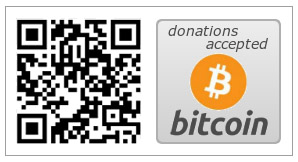Tony Vargas interview
- Detalji
- Napisao/la Neno Marić - GROF
- Hitova: 38369
 We spoke with Tony Vargas about his beginnings in aquaristics and about his new book.
We spoke with Tony Vargas about his beginnings in aquaristics and about his new book.
-First I would like to thank you for having little time for this interview with Akvarij.net. Can you tell us something about yourself?
My name is Tony Vargas and I have been a Reef-A-Holic since the mid 1980s. I have written articles on corals, reef fish keeping, and reef aquarium husbandry in many aquarium magazines in the US as well as Europe. One of the Acropora articles in FAMA was acknowledge in Carden Wallace text book on Acropora titled "Staghorn Corals of the World". Today, I SCUBA dive around the world taking underwater photos and observing many of these creatures in their natural environment. With my findings I effectively communicated my experiences and observations with my writings and presentations. I have traveled the US and Europe giving lectures and consultations on corals, reef fish husbandry, and complete system design. Recently, I have completed work on my forthcoming book titled "The Coral Reef Aquarium". This book focuses on the basics of reef keeping, how to properly assemble a coral reef aquarium (five great examples), and the long term care of these critters in a captive environment.
-You are an aquariast with years of experience. How did that story start? Tell us something about your beginnings in aquaristics. What are the differences and which problems did you deal with then and which now?
Born and raised in the South Bronx of New York City to an over protective mother, she knew early on that she had to figure out ingenuous methods to keep my brother and I entertained indoors. For those not familiar with the South Bronx when I was a child—it was a violent place, full of gangs, thugs, drugs, and people with no regard for human life. My mother figured out if she can keep us interested in activities or hobbies indoors that would keep us from going outside where it was a bit dangerous. She would bring home pets and many books with great information on these pets. A neighbor into freshwater aquatics had a small aquarium loaded with fancy guppies and set me up with a Pickle Jar with a few guppies and freshwater plants, this became my first tank. My mother noticed that my interest were more toward the aquatics, and bought me my first glass tank for my birthday at the age of seven. I will never forget how excited I felt holding that small glass box outline with metal strips and a slate bottom. On that day all my wishes had come true.
My interest in aquatics grew stronger through the years breeding many livebearers and cichlids of the time and in the early 1980s I took my first try at saltwater. That first saltwater aquarium was a 30-gallon breeder tank with an undergravel filter, a canister filter, with a few fish (Powder Blue Tang, Copperband Butterfly, and a Queen Angelfish). That aquarium did well for about a year and a half, which was normal for this type of arrangement. The problem with this type of system was its continuous build-up of sediment, which would accumulate under the undergravel plates and would prevent proper flow of water and oxygen, causing a recycle with a huge ammonia spike. In the mid 1980s I became interested in invertebrates and soft corals, which forced me to convert my 30-gallon breeder from a marine fish tank to my first reef system. As I explain earlier the undergravel system was not adequate and I knew the system would require dramatic improvement. Luckily a new technology was introduced into the US at the time which we knew would change the hobby. Wet Dry filters made a big impact and reef aquariums became just a little bit easier to keep. Many in the hobby became increasingly successful using this new technology and more successful reef aquariums became a common place. Unfortunately, wet dry filters were very efficient at what they do, they created nitrates and more than normal frequent water changes became a constant. Shortly after the introduction of the Wet Dry filter Live Rock was being imported in the US and I stared to buy choice pieces for my system. Near the end of the 80s many of the advanced hobbyists and myself who had live rock in their systems began removing the bio-balls from their wet dry filters. This created the Berlin method of reef keeping and made us very successful, but there was one coral that continue to be a challenge to everyone in the hobby and it was my biggest passion. There was a store in Pennsylvania name Tropical Marine Paradise that was the exclusive importer of Acropora coral, my passion! The first few colonies of Acropora I purchased would not last long and I had to find a way to improve my methods of coral keeping. My first few years in the hobby I never worried about water parameters and I was successful keeping many of the soft and large polyp stony corals. But if I wanted to be an accomplished Acropora keeper I needed to pay close attention to their needs. By the time 1990 rolled around I was keeping this coral alive but it would not grow at rates we see today. That spring an inventory audit was being performed at my place of work and I came across a 400-watt mercury vapor lamp and fixture. Needless to say I took it home and had an electrician friend wire it for house hold use. Wow, it was intense, hot and it made the water look yellow, but it improved growth rates and I know I finally achieved success keeping Acropora. Before the mid 90s I was writing articles on how to keep corals in a captive environment and giving presentations to clubs around the country. Today we keep many of these great looking corals and we are challenge with incredible growth rates and their aggressive nature toward one another.
-Our readers will be interested in your aquariums,of course. How many of them are you keeping at the moment? Could you describe them for us-their volume, the equipment, filtration methods, additives and the organisms you keep?
Before my relocation to Florida I had a 265-gallon reef aquarium with a 300-gallon sump. This 265 reef was the replacement of a 12 year old 150-gallon reef system. The sump for the 265 was located in the basement to keep all the noisy filters and pumps away from the main display. In addition all the wires and hoses were kept to a minimum near the display so the electrical panel, the ballasts, returns and drain hoses were visible only from the basement. The tank was located right above the sump room in the study and was part of the room’s décor.
The 265-gallon tank – Was custom built by Perfecto made of regular glass. The dimensions in inches are 84” long by 24” wide and 30” high, design with two black glass overflows, each located to the back corners of the tank. Each overflow was designed with two 1-inch drains.
Illumination – A canopy built and design by me, made of pine and stained with a light honey oak. The canopy conceals the lights from within and the inside of both the stand and the canopy were painted with a white reflective waterproof paint. The system is illuminated with three 400-watt Blueline electronic ballast operating through their own independent battery back-up digital timers. Each ballast operates one 6500K Iwasaki metal-halide bulbs utilizing three SpiderLight reflectors. Using Iwasaki
bulbs usually mandates supplementation from actinic lights. So, the light fixture was designed with four internal reflectors URI Actinic 03 florescent tubes, which are powered by two 430 IceCap ballast, controlled by two IceCap digital timers.
The Sump – A 300-gallon Rubbermaid trough custom designed to function as a sump with a large two foot by four foot drip plate, which holds a 100-micron filter pad. The water level is kept right under the drip plate to control and eliminate micro bubbles. A custom design overflow was created to control water drained from the main tank, this aids in bubble elimination. Connected to the sump is a half horsepower Dolphin pump generating 3,200 gph of flow with 1½-inch in and 1½-inch out. The discharge from the pump travels 15-feet and is returned to the main display via a 1½-inch PVC manifold connected to three Sea Swirls. No other pumps or powerheads were required with the Sea Swirls as they provide all the circulation and flow required through the aquarium.
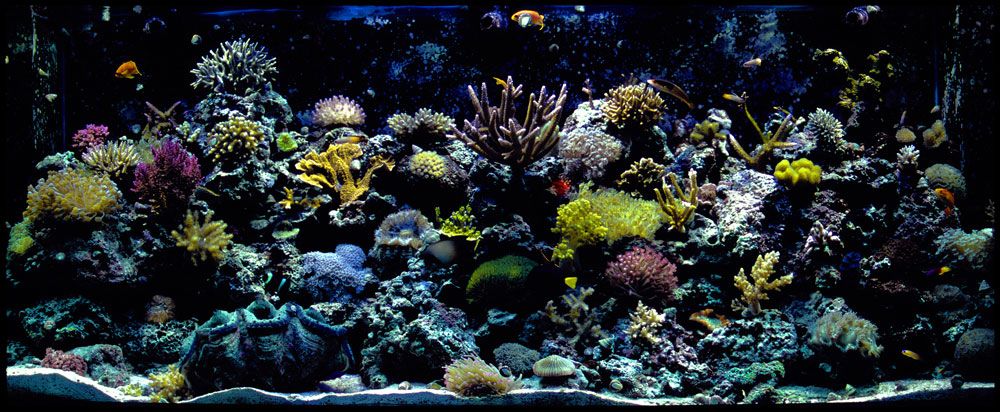
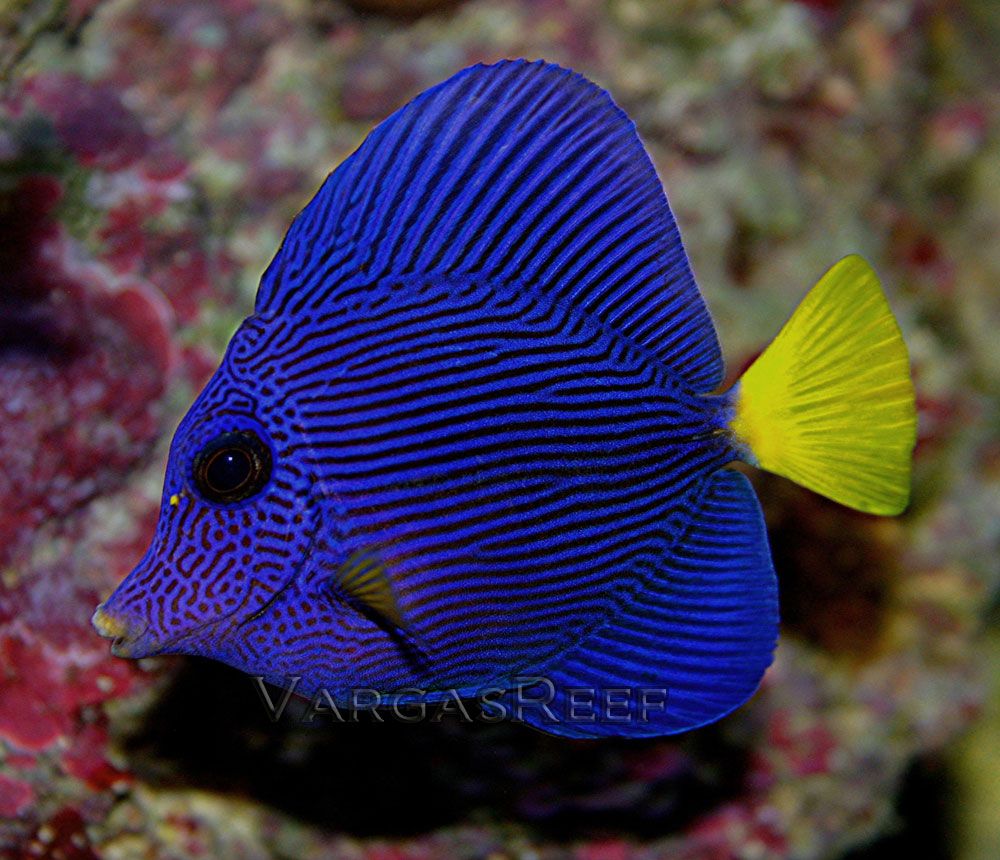
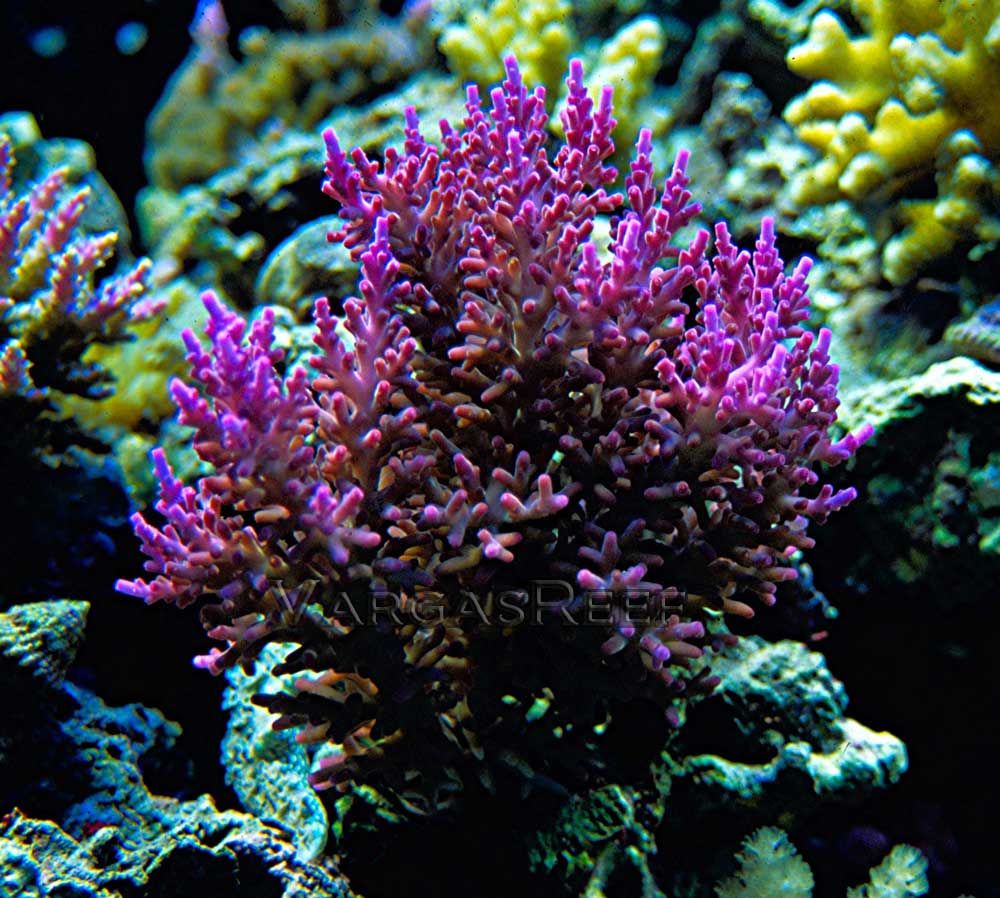
That was then this is now, I keep two reef aquariums at the moment, one is a 25-gallon Nano and the other is a 90-gallon system both using the Berlin method of reef keeping.
The 25-gallon tank – This low iron glass (Starphire) tank is built by Current as an All-In-One system. All-In-One means that there’s a divider in the tank, which separates all the equipment (protein skimmer, heater, mechanical filters, and a return pump) from the display area within the aquarium. Beveled frameless glass tank with a three sided view. The dimensions in inches are 18” long by 18” wide and 18” high, making a nice square cube.
Circulation – The return pump is a Jebao WP-1500 that operates at 396 gallons per hour, with a one-foot discharge is not strong enough to provide proper circulation. So, a pair of Koralia 1 flow pumps, one to each side of the tank each producing 400 gph and a pair of Power Sweep 212 positioned at the front of the tank producing 125 gph. Each pump operates for 15 minutes at a time with the assistance of a Coralife Power Center Wave-maker.
Illumination – Light fixture above the aquarium is built and designed by Current. It operates with a 150-watt double-ended metal-halide bulb. Giesemann 10K and 14K bulbs are alternated every two months. The aquarium is lit brightly for eight hours a day.
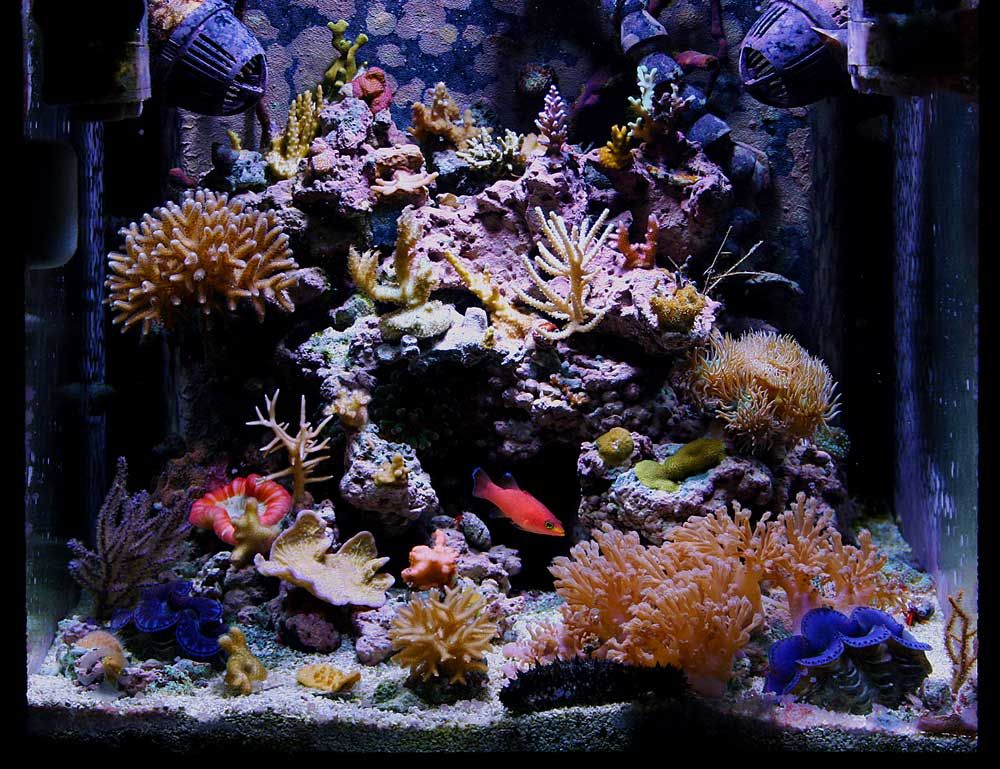
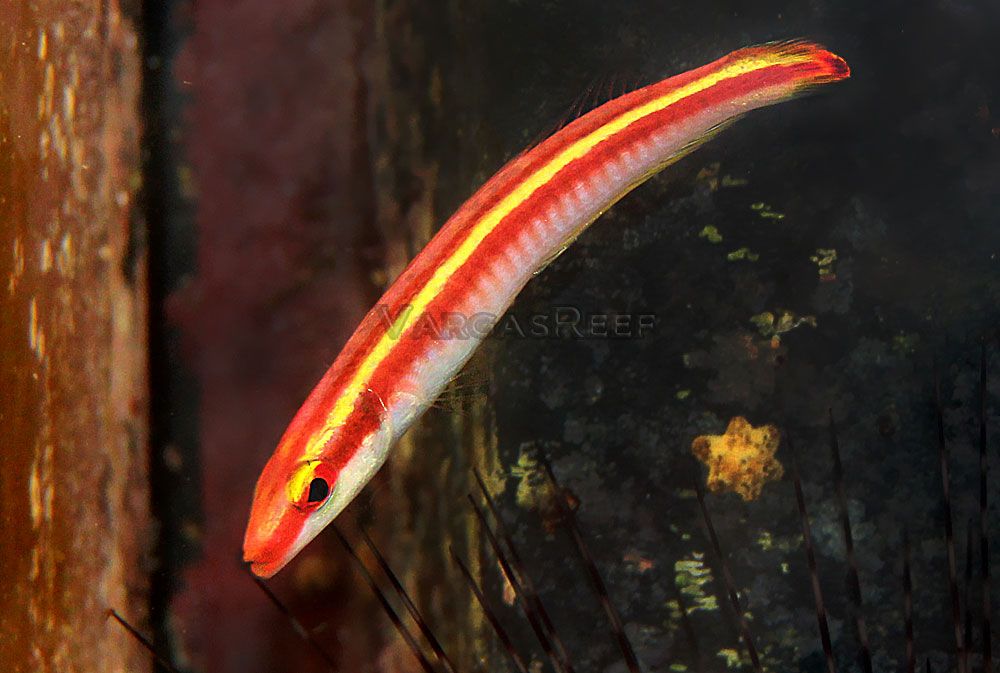
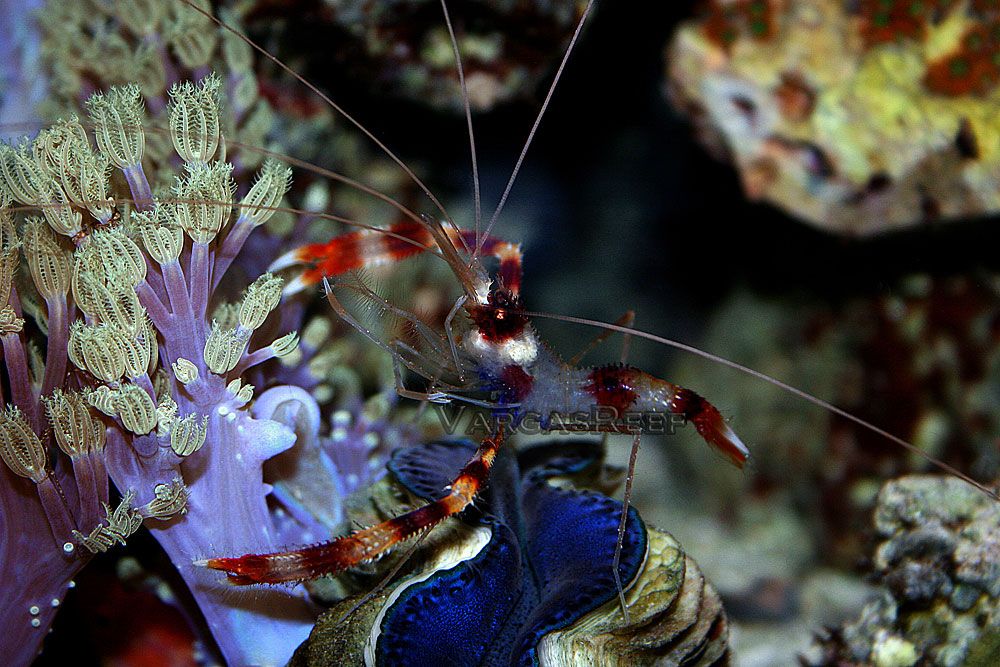
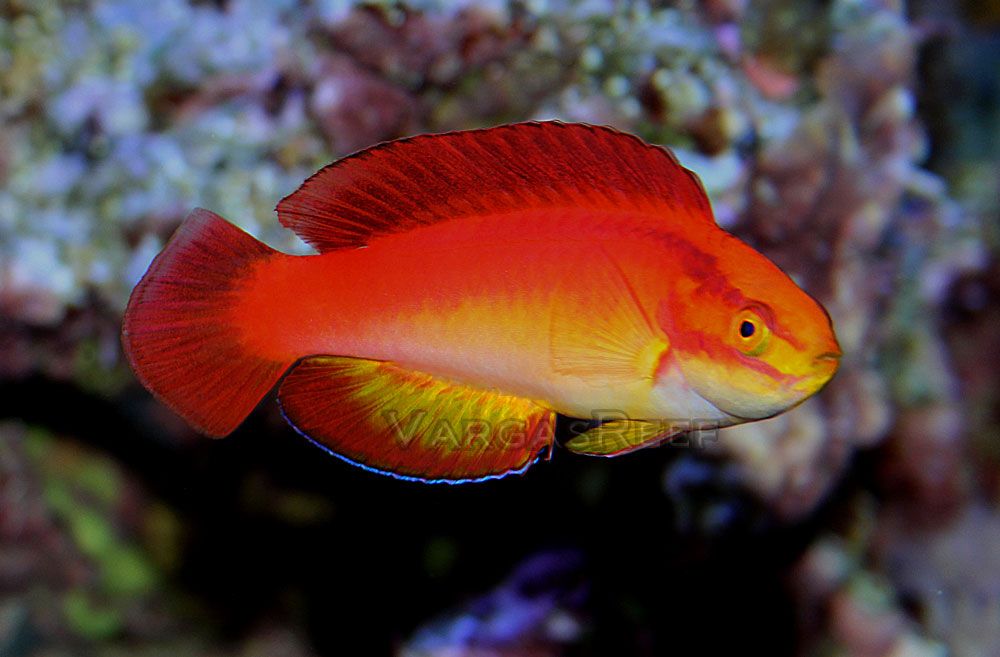
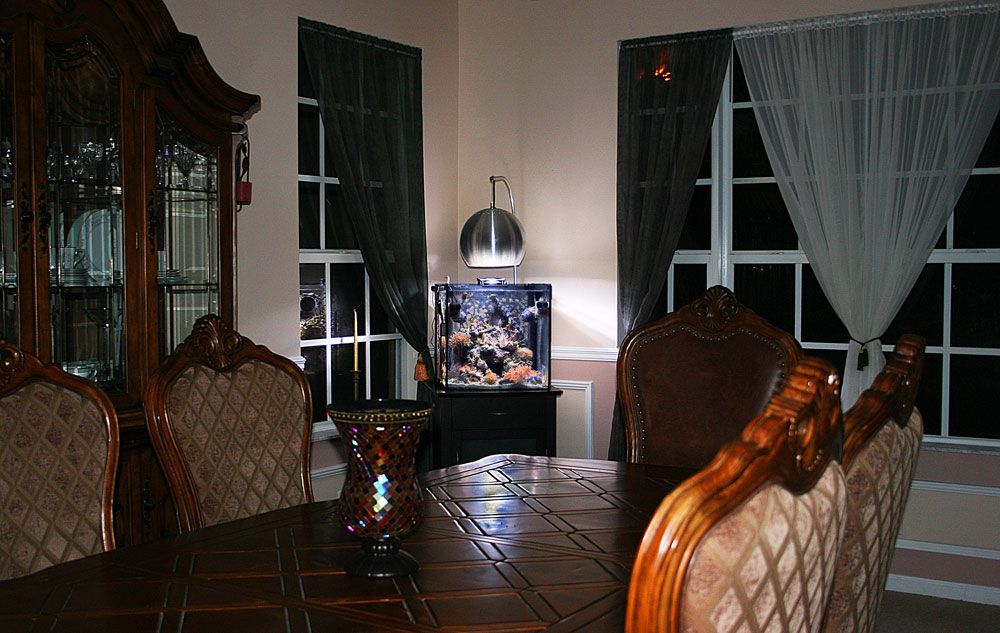
The 90-gallon tank – A well used reef-ready 90-gallon tank, not sure as to the manufacture of the tank. The tank was donated by a friend who wanted the tank out of his garage, but became an excellent economical approach for a medium-sized project. All glass aquarium made of regular glass with three sides being viewable. The dimensions in inches are 48” long by 18” wide and 24” high.
The Sump – A custom built and designed MAV Reef 50-gallon sump made of acrylic with three baffles, a drip plate, and holds the skimmer quite conformably. The dimensions in inches are 36” long by 16” wide and 20” high.
Circulation – An Eheim 1262 aids as the return pump, rated at 900 gallons returns water from the sump providing circulation through a ¾ inch Sea Swirl. For additional circulation a pair of Koralia 1400 powerhead/flow pumps, producing 1400 gallon an hour of flow are place one to each side of the tank. Each Koralia operates for 15 minutes at a time with the assistance of a Coralife Power Center Wave-maker.
Illumination – A 48-inch dark gray finish Infiniti light fixture manufactured by Giesemann is suspended from the ceiling and hangs right above the aquarium. The Infiniti light fixture is equipped with two 250-watt Giesemann 14K double-ended metal-halide lamps. In addition the fixture is equipped with four 54-watt T5 bulbs, two actinic+ and two aquablue+. The light system is controlled by an Apex controller and operates for 11 hours a day.
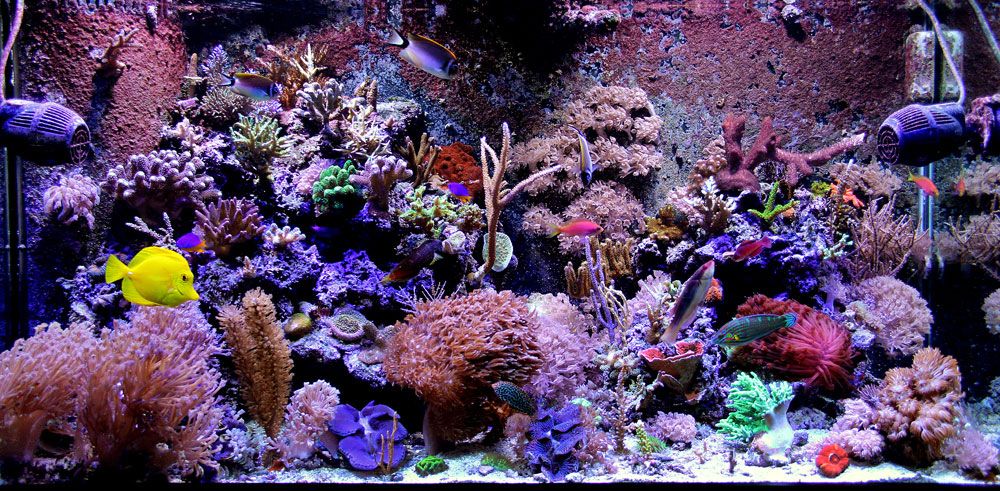
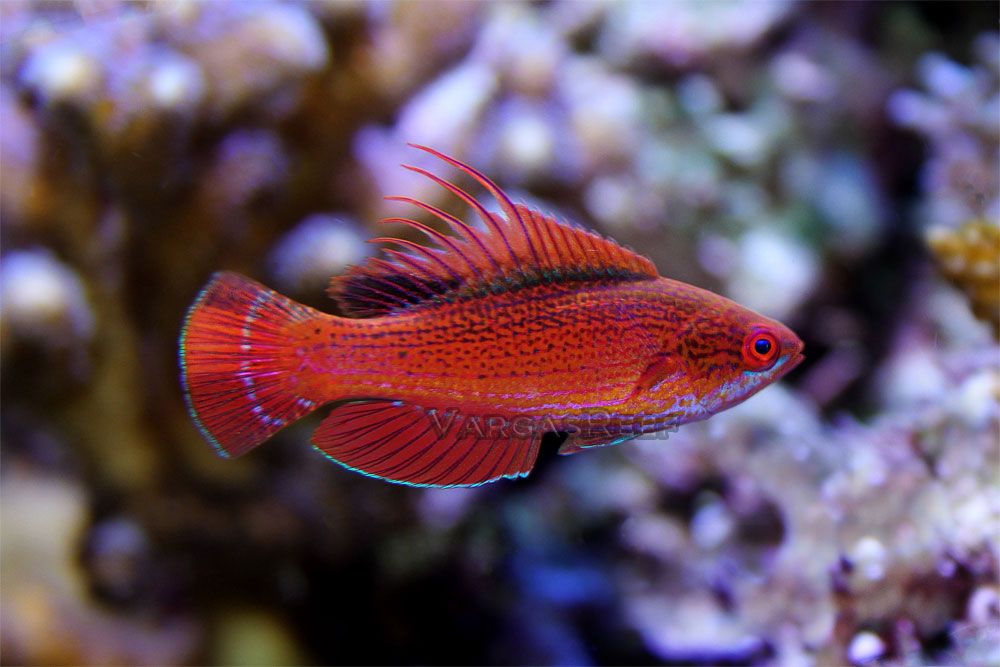
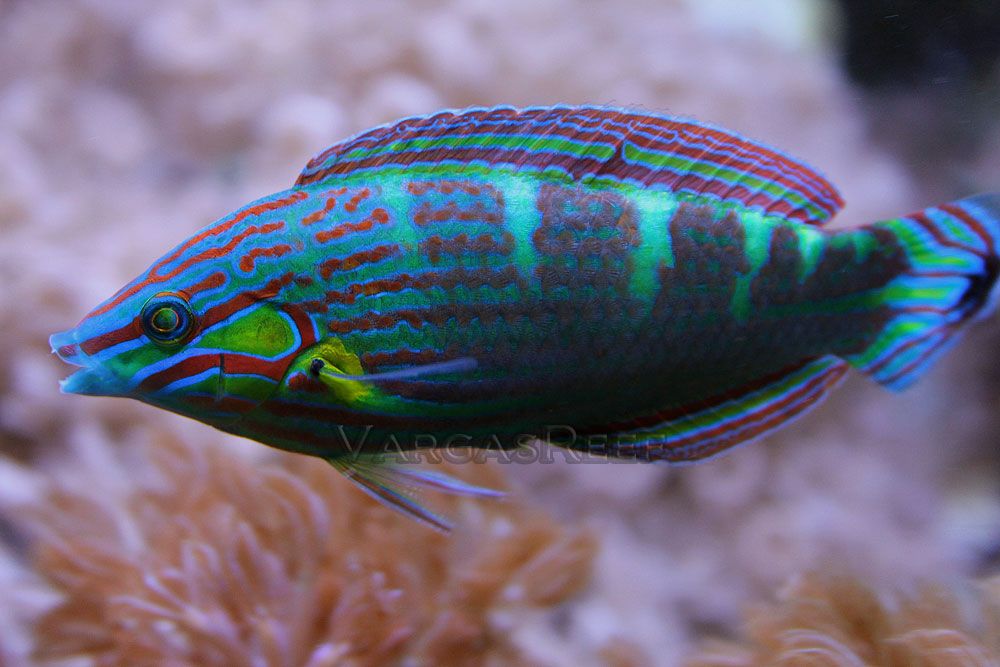
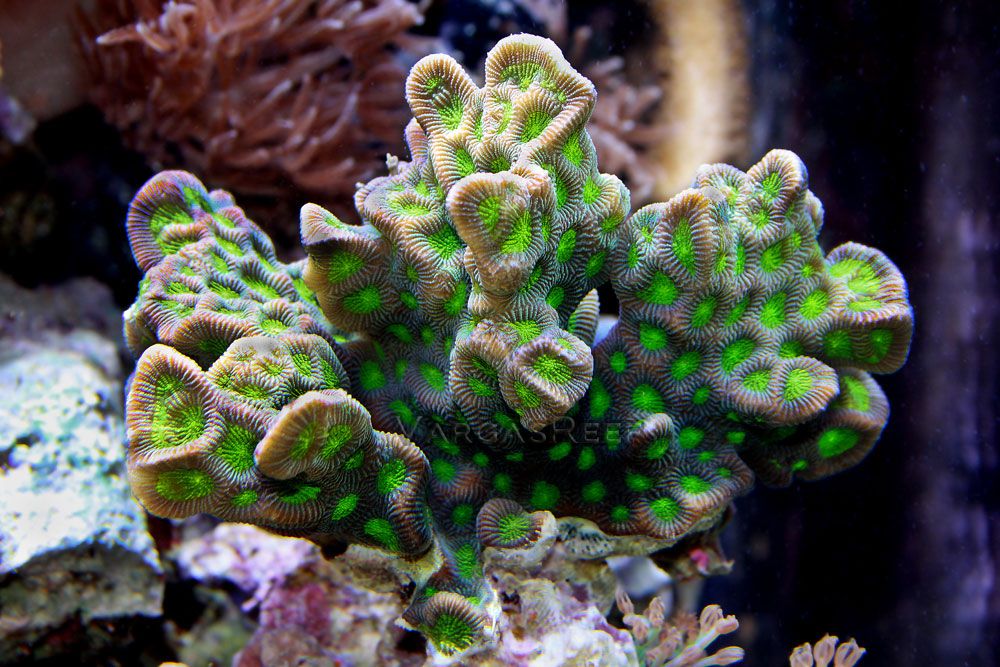
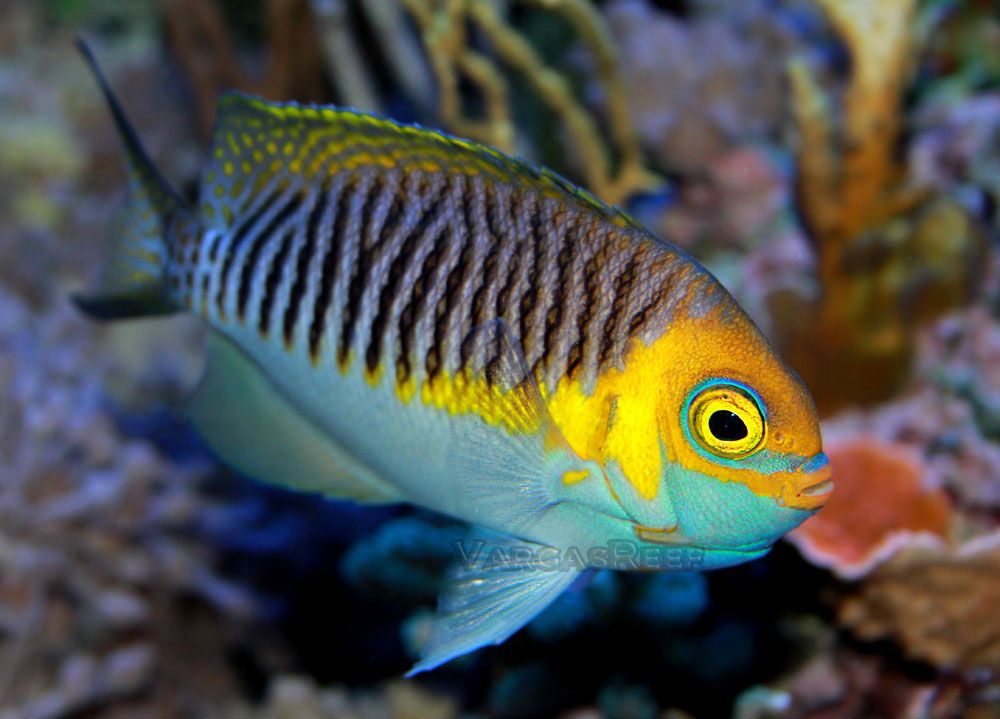
All my aquariums old and current receive kalkwasser to replenish the water evaporated and no other additive. Water changes are preformed once or twice a month, but not more than 20% new water per month. I use Two Little Fishies HydroCarbon2 GAC for organic removal and PhosBan GFO for PO4 reduction. All my systems use 100-micron filter pad and are replace when needed. You can get more detailed information on these tanks in my new book.
-Tell us something about your book. How did you get the idea and how does it differ from other books we can find on the market? Would you mind describing it in a few words?
For years I was constantly questioned as to when I was going to put together a book and my reply would be that all the books were done already and that I did not have anything new to add. Then one day during a home renovation project I need some additional materials and left to a local home improvement store. Once in the store I was walking past their “how to” section, which is loaded with books on how to start and complete any home improvement project. It dawned on me that we did not have a “how to” book in the reef hobby and a new book idea was born. This concept of “How To” has never been approached in our hobby in a book form and I thought this would be a great time for such a book. As I was creating the book on paper it started too evolved into something greater than I had imagined. At first the book was designed to only feature five complete builds (start to finish) from Nano to a massive reef aquarium located at a public aquarium. In addition the original concept the book would also feature 12 incredible reef aquariums from around the world. I had so many great aquariums to choose from I wound-up selecting 45 reef tanks from many different parts of the world. Another subject which has never been touch on by any other book is the considerations one should make before purchasing a reef aquarium.
Table Of Contents
Introduction
Some of the situation that lour us into the hobby and some history
Chapter One - Factors & Considerations
Obstacles that require consideration before the purchase of a reef aquarium
Chapter Two - The Decision Process
The decision required on most of the equipment used, their variations and their purpose or function
Chapter Three - The Fundamentals
Parameters required for a successful reef aquarium
Chapter Four - Maintenance
Proper husbandry practice and suggesting
Chapter Five - Acclimation & Quarantine
Coral, invertebrate, and three fish acclimation examples, and a couple of quarantine suggestions
Chapter Six - 25-Gallon Nano Reef System
Complete Nano build-up from start to finish
Chapter Seven - 90-Gallon Reef System
Complete 90-Gallon build-up from start to finish
Chapter Eight - 180-Gallon Reef System
Complete 180-Gallon build-up from start to finish
Chapter Nine - 500-Gallon Reef System
Complete 500-Gallon build-up from start to finish
Chapter Ten - 20,000-Gallon Reef System
Complete 20,000-Gallon build-up from start to finish
Chapter Eleven - Reef Tanks From Around the World
45 incredible reef aquariums from different parts of the world
Acronyms
Glossary
Bibliography
Photo & Diagram Contributors
Index
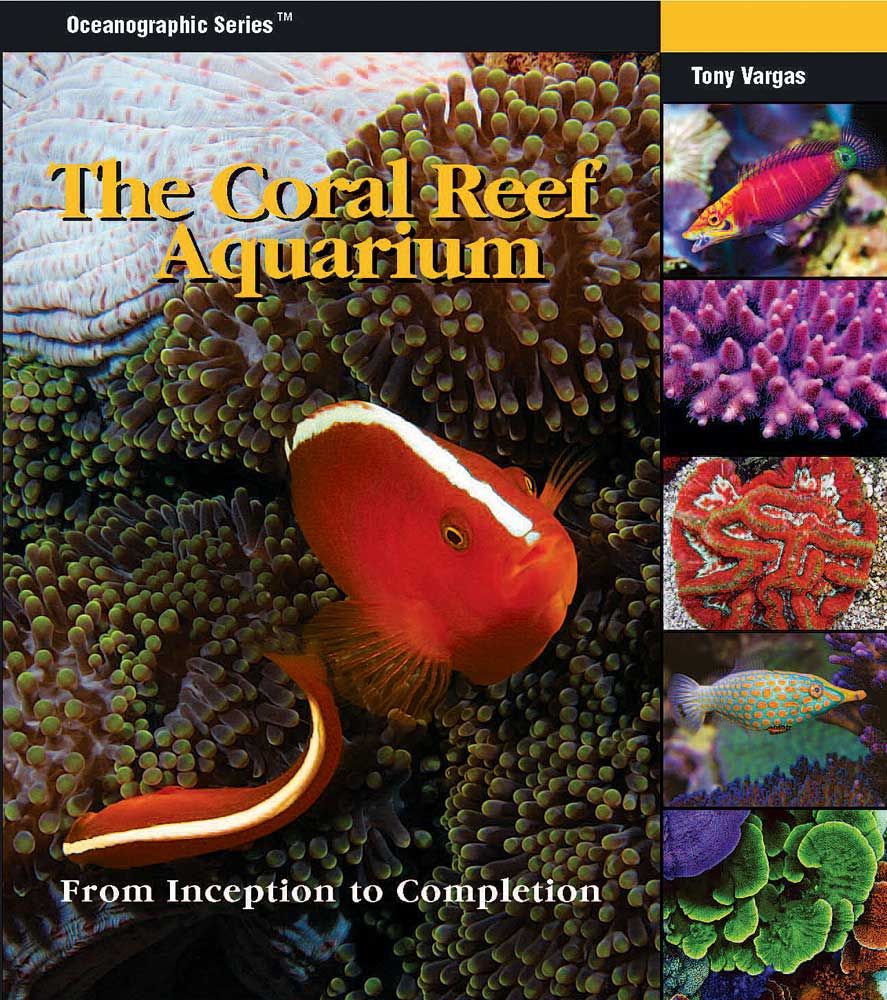
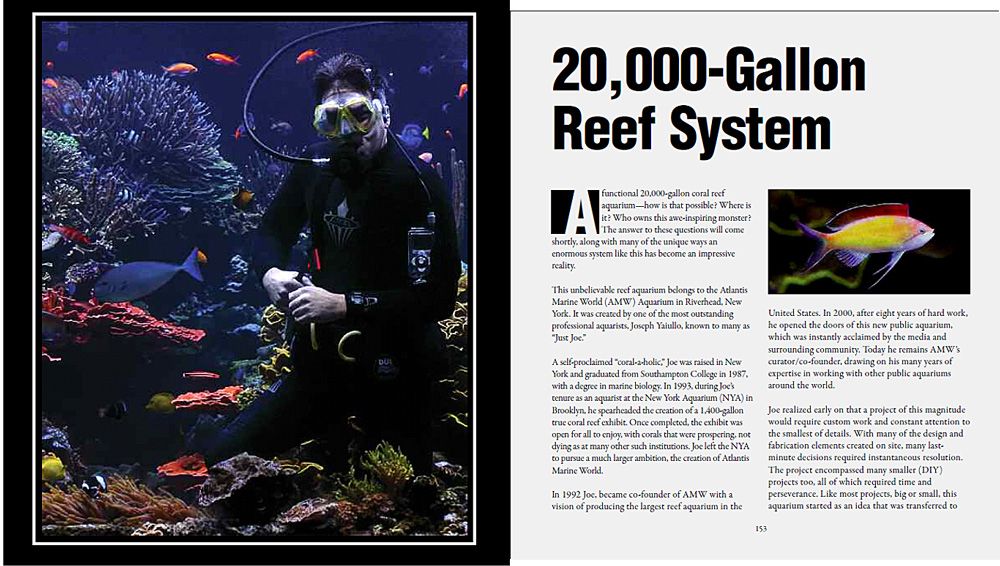
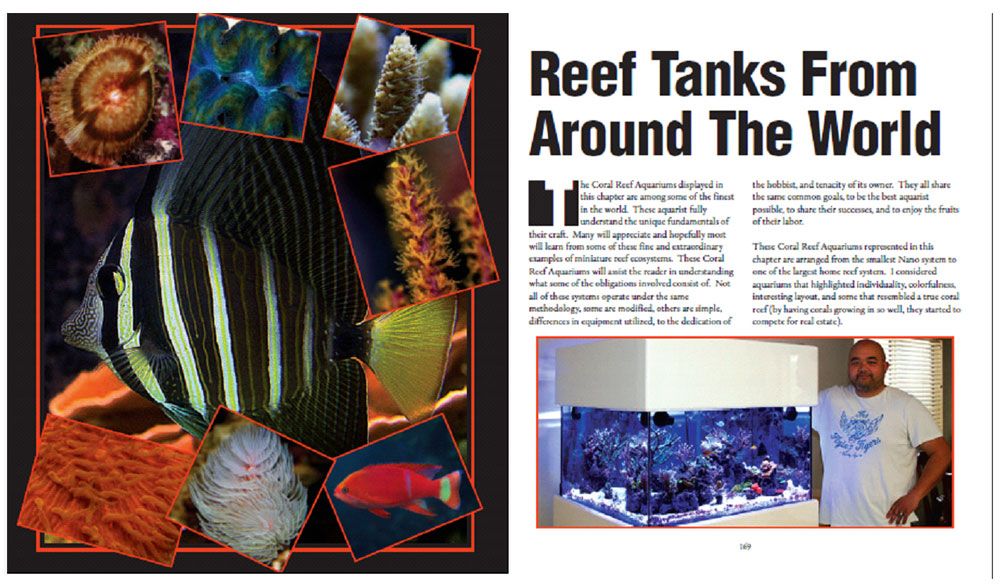
-You have seen many different aquariums throughout the world. Can you tell us about the main differences, if there are any, between the American and the European aquariums?
One of the biggest differences between American and European aquarist is, Americans like instant gratification. Let me explain, the European aquarist will set-up a new system and wait for the aquarium to balance 90 to 120 days, but most Americans won’t wait and within one week have fish and corals in their brand new set-ups. I am hoping to change that mentality here in America—I see the benefits of letting an aquarium properly cycle and mature with time before adding any critter into the aquarium. The bacteria, macro and micro critters that build a strong population when left to prosper can be beneficial for controlling waste when waste producing populations (fish and corals) are introduced. The other difference is that I find more SPS systems in Europe and more LPS systems here in the States
-Apart from aquaristics you scuba dive and are engaged in underwater photography. How did you begin with it?
I remember back in the early 90s, I had a strong feeling that most of the authors writing about corals and reef fish had never seen these critters in the wild or had never visited a true coral reef and were telling us how to keep them in captivity. I wanted to witness this for myself and have a clearer understanding of what made them behave the way they do, and how I could provide an environment in captivity that emulated their natural setting. With those first few dives I learned more about reef fish and corals than all the books I read on the subject. Now how can I spread the news of what I had seen if I didn’t have proof? I quickly learned underwater photography and bought most of the equipment required to document my findings and keep those memories. These photos have help many understand some of the requirements we need for successful reef keeping and allow me to communicate my findings more effectively.
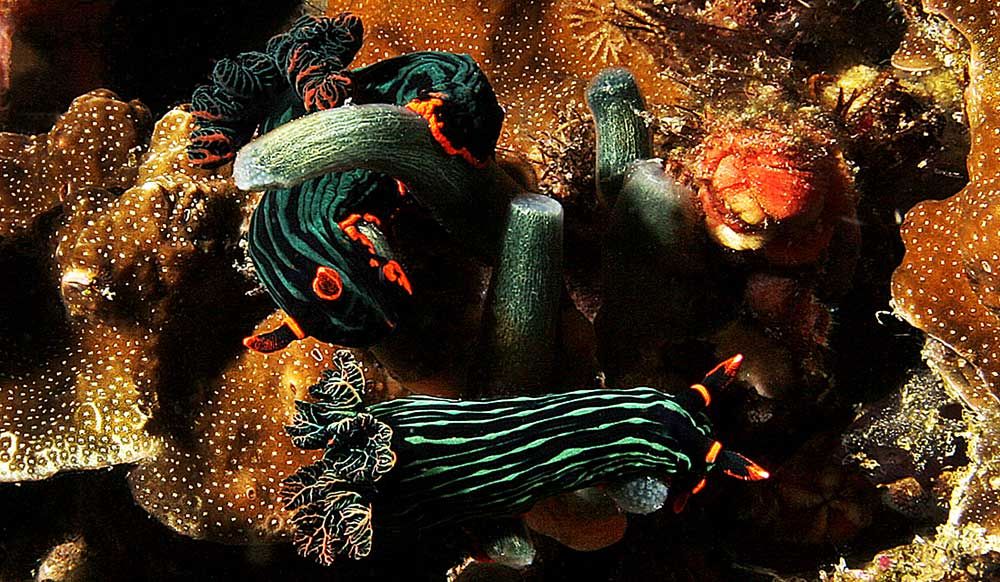
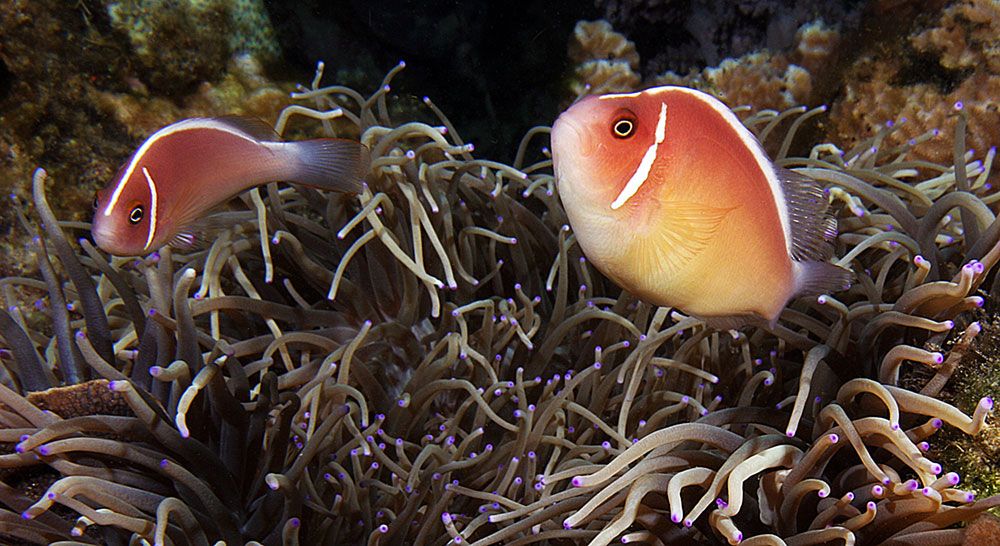
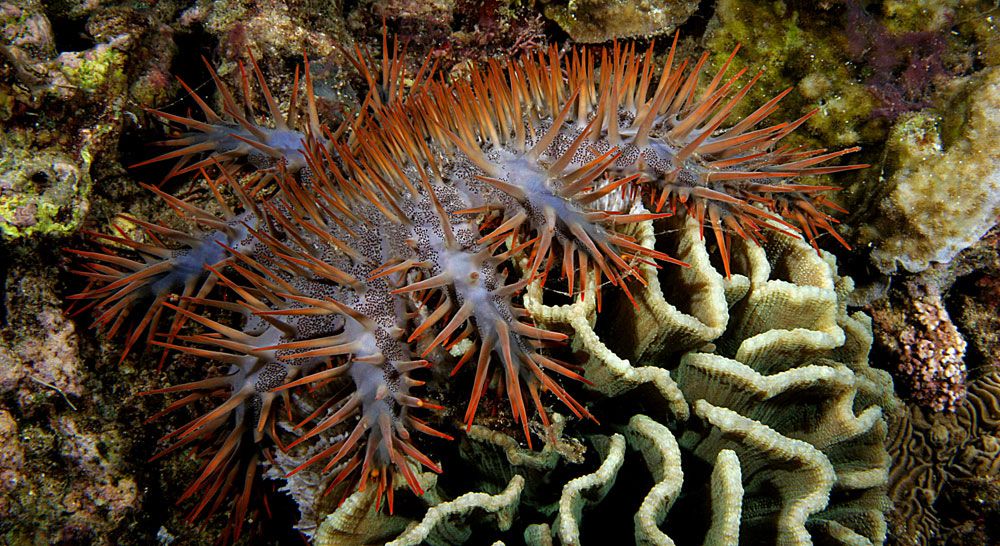
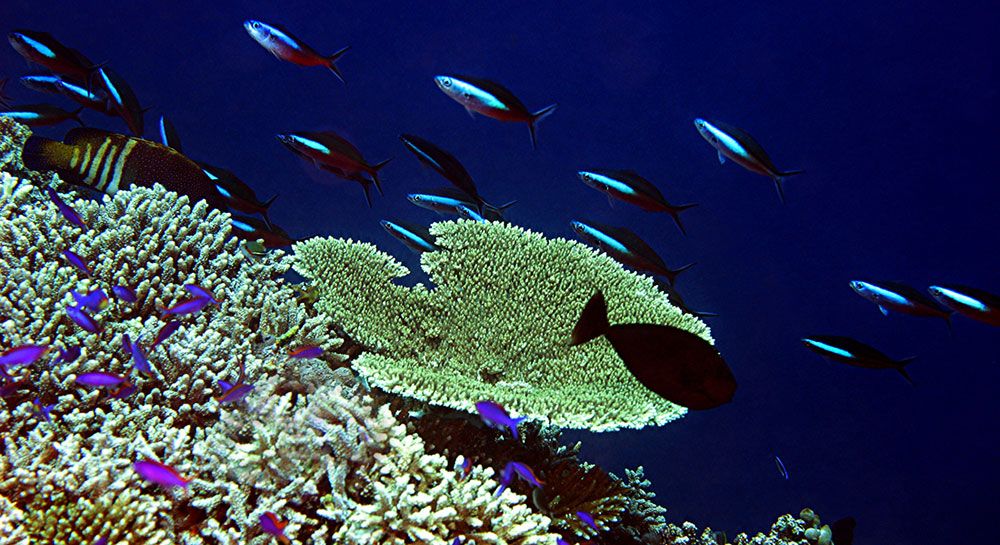
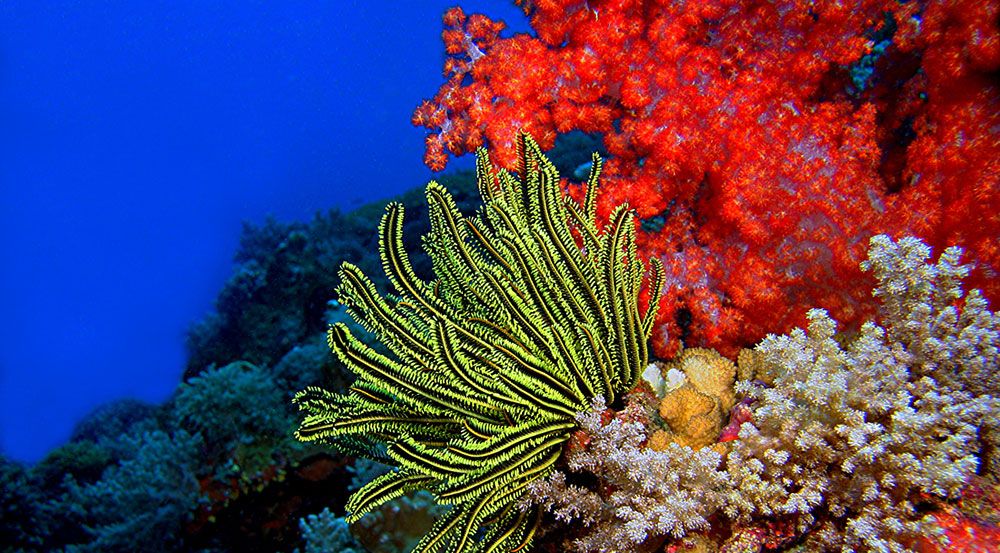
-You were one of the lecturers at MASNA this year, where you had the opportunity to introduce your new book. Besides that, who and what could visitors hear and see at this event?
MACNA was a great event this year with many at attendance and 16 speakers, but what was record breaking this year was the number of vendors that made it to this show. This show grows every year, but what was most memorable was the number of international visitors. There were people from England, France, Germany, Spain, India, Saudi Arabia, Australia, Trinidad, Brazil, Puerto Rico, and others I may have forgotten. This is becoming an International event. Hopefully we will get more International visitors next year in Dallas, Texas.
Here is a list of the speakers represented at MACNA 2011, Julian Sprung, Murray Camp, Gary Parr, Scott Michael, Matthew Wittenrich, Charlie Veron, Marc Levenson, Sanjay Joshi, Richard Ross, Matt Pedersen, Kevin Kohen, Scott Fellman, Jim Stime, Anthony Calfo, and yours truly (Tony Vargas) and lastly Keynote speaker David Hannan.
This year at MACNA I gave a presentation titled “Successful Reef Aquariums from Around the World”. This presentation focused on the commonalty between all these successful reef aquarist and their aquariums. At first I touched on common equipment used by these aquarist and then displayed all these wonderful tanks in photos and some in videos.
A true highlight at MACNA 2011 was seeing a long-time aquarist and a wonderful author friend Dana Riddle win the 2011 MASNA Aquarist of the Year Award. Dana has contributed to many aquarium publications and Advance Aquarist since the 1990s and is a staple in this hobby. It was an award well deserved. Dana is also the author of “The Captive Reef: A Concise Guide to Reef Aquaria in the Home”.
Julian Sprung and I had the manufacture of the book ship three advance copies of the Gold Edition to the conference for demonstration purpose. We required advance copies of the book cause they had not shipped from overseas at that time. At first Julian informed me by phone that the books never arrived at the hotel, but when he got there they could not locate the box which contained the books. He greeted me at the conference empty handed, and gave me the bad news. After a little tracking of the shipment the hotel had the box after all. The hotel delivered the box to the conference and we were able to demonstrate the books to everyone that visited the Two Little Fishies booth.
-What are your plans for the future?
Shortly I will begin working on Vol 2 of The Coral Reef Aquarium, and attack article writing for more frequent appearances. I will work on expanding my aquarium consulting company to meet the demand for successful hobbyist.
-Do you have any message for our readers?
Here I will give a message I give to every successful reef aquarist everywhere I go and during my talks, if things look great leave it alone! I can’t begin to tell you all the great reef aquariums I’ve seen in my travels and today those tanks have disappear, simply because the aquarist tried or did something different. Success is wonderful and to be disappointed because of something tried can be heart breaking. At times it can be difficult to come back from failure especially if it’s a nightmarish situation. Another situation I strongly advise against is not to jumping into the new trends of the moment or getting that new magic pill—these things can have disastrous with long term affects—sometimes with no turning back. Just think back of all the great new inventions or methods created through the years and where are they today. A successful reef aquarist will enjoy their system for many years without having to alter it method of success. In addition, please realize that not every coral will have the same survival rate in every system. There are some corals that will react differently to a system with metal-halides when removed from a system with T5s and vice versa.
I hope some of this was helpful to you and your readers, and happy reef keeping.
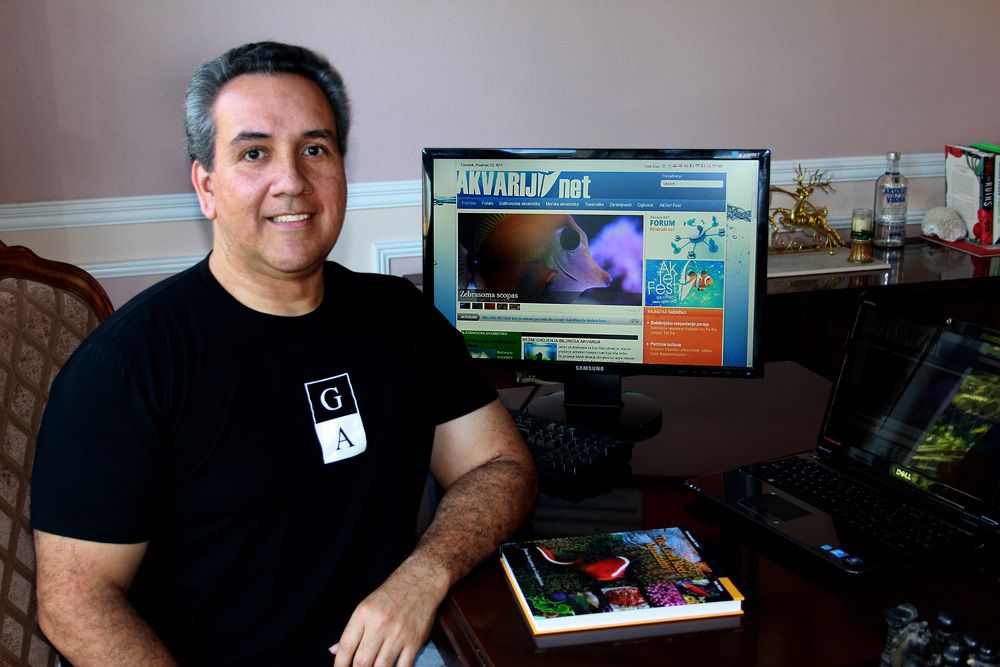
Tony Vargas for Akvarij.net

